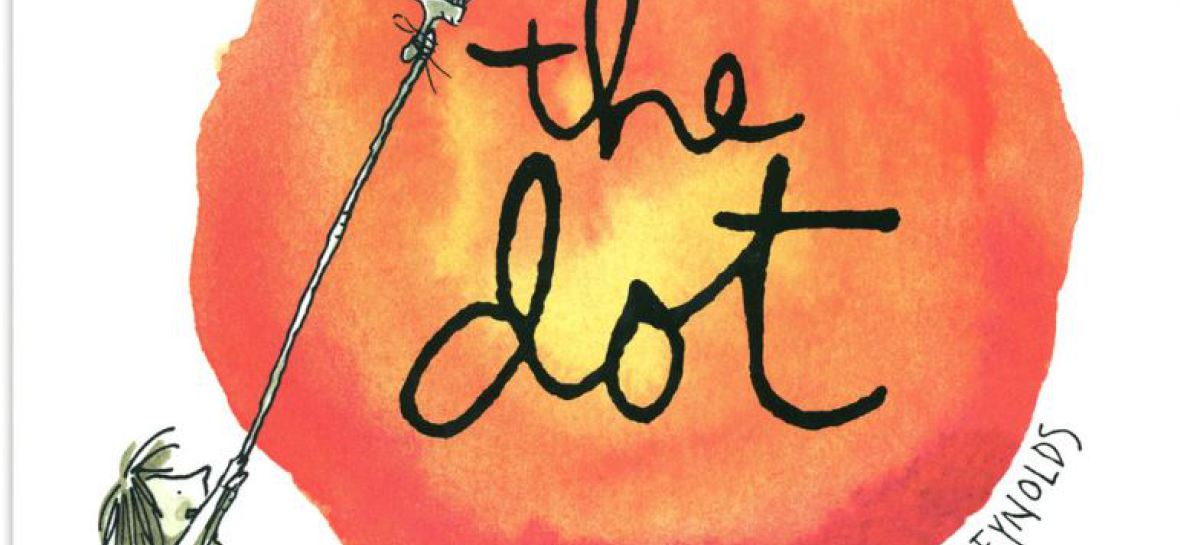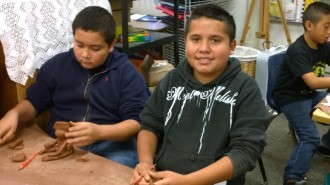

Ancient India
"In Love There is Art, " Meaning of Mandala
Mandalas are everywhere. They are the structures of our cells, our world, and our universe.
Sacred Trees
"The mandala represents wholeness. It is used as a holistic structure and format in educational workshops to present factual information while demonstrating the interconnectedness of all things. The mandala pattern offers a central hub from which all educational subjects can be taught and is the perfect tool with which to explore all aspects of life, from material to non-material."
Arts Edge
Summary
Students will explore the mathematics behind mandalas, including but not limited to shapes and symmetry. After examining mandalas that are both natural and man-made, students will create their own mandalas using mathematical concepts and skills. They will then analyze other students’ creative work for style and message.
Learning Objectives
Students will:
- Review elements and basic vocabulary of geometry
- Apply geometry skills to increase understanding of polygons
- Learn about the history and cultural background of mandalas
- Combine their knowledge of polygons and understanding of mandalas to design their own mandalas
- Correctly incorporate polygons, symmetry, and color scheme in the design of their mandala
Vocabulary
Geometry Terms Circle - the set of all points in a plane a given distance from a given point Congruent - equal measure Hexagon - a six-sided polygon Heptagon - a seven-sided polygon Octagon - an eight-sided polygon Parallelogram - a quadrilateral with both pairs of opposite sides parallel Pentagon -a five-sided polygon Rectangle -a quadrilateral with 4 right angles Trapezoid - a quadrilateral with exactly one pair of opposite sides parallel Types of Triangles Equilateral - a triangle with all sides congruent Isosceles - a trapezoid with the un-parallel opposite sides congruent Right - a triangle with a right angle Scalene - a triangle with no sides congruent Triangle - a 3-sided polygon
Mandala Terms: Deity - a god or goddess
Sanskrit - an ancient language that is classical
Tibetan monk - a native of Tibet who is a man belonging to a religious order and living in a monastery
The Cultural Roles of Trees in
Ancient Civilizations
Cheryl Schellenberg
This portion of the lesson focuses on the
Banyan Tree; Sacred to India
Artful Teaching
Mrs. Schellenberg & Young Artists
Ralph Waldo Emerson's Poem: Success- to leave the world a bit better, whether by a healthy child, a garden patch or a redeemed social condition; To know even one life breathed easier because of you.
Thank you AT&T
We used the wiring for our artful galimotos






